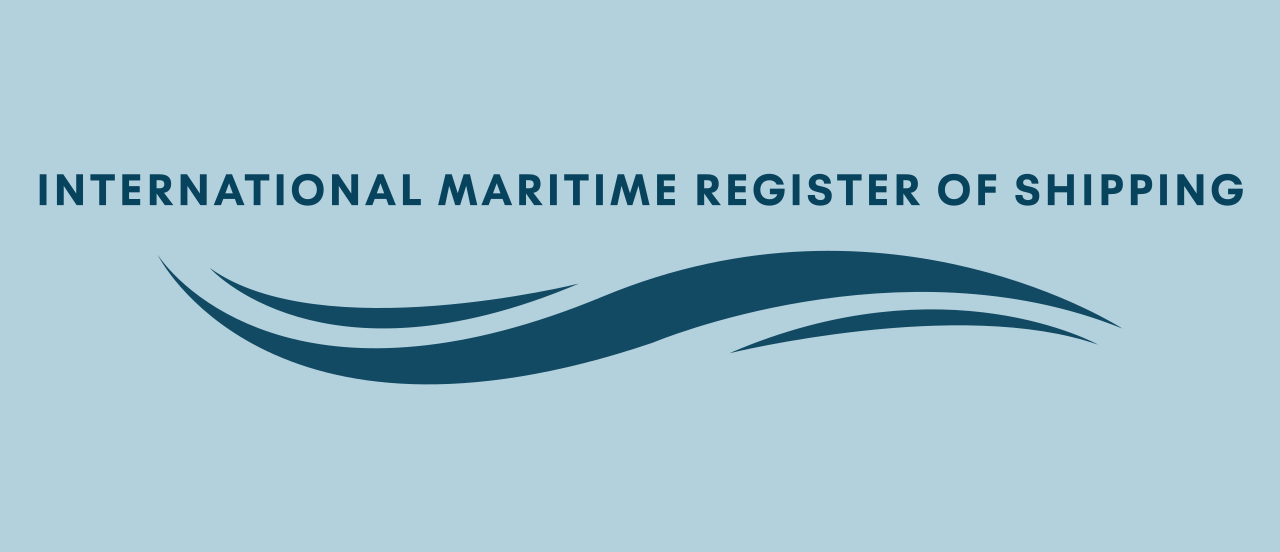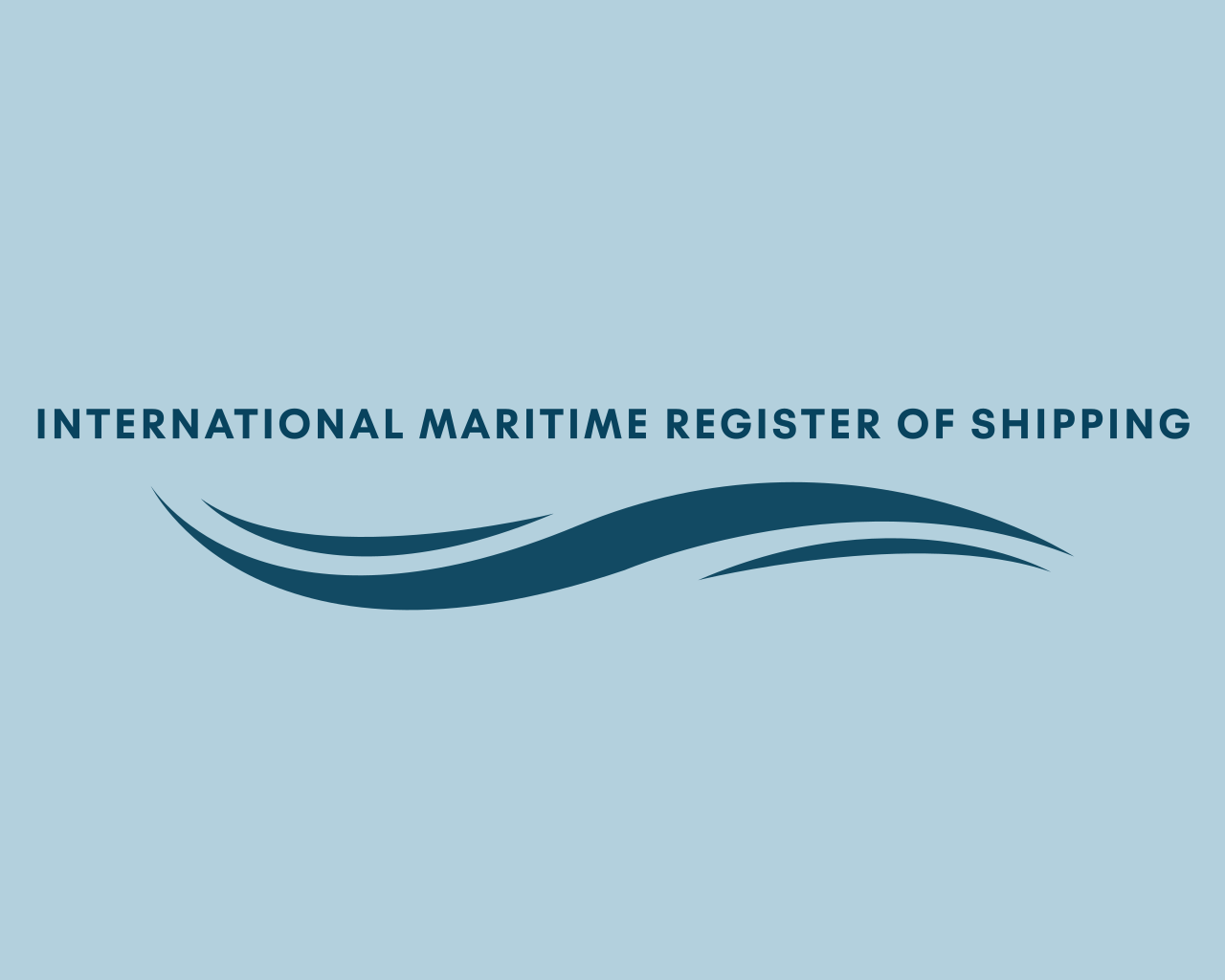IMSBC CODE
ILO MLC 2006
ILO MLC 2006
Statutory
The International Maritime Solid Bulk Cargoes (IMSBC) Code is an internationally recognized guideline developed by the International Maritime Organization (IMO) for the safe carriage of solid bulk cargoes by sea. The IMSBC Code provides comprehensive instructions and standards for the classification, packaging, stowage, and handling of solid bulk cargoes to ensure the safety of ships, crews, and the marine environment during transport.
Key Objectives of the IMSBC Code:
-
Ensuring Safety: The primary goal of the IMSBC Code is to promote the safe transportation of solid bulk cargoes by providing standardized procedures and regulations for their handling and carriage. By following the guidelines outlined in the code, shipping companies, carriers, and port operators can mitigate the risks associated with transporting solid bulk cargoes and prevent accidents, spills, and other incidents.
-
Preventing Cargo-related Incidents: The IMSBC Code aims to prevent cargo-related incidents such as shifting, liquefaction, and structural damage by establishing proper procedures for the classification, testing, and handling of solid bulk cargoes. It includes requirements for cargo sampling, testing, and certification to ensure that cargoes are safe for transport and do not pose a risk to the ship or crew.
-
Protecting the Marine Environment: The code includes measures to protect the marine environment from pollution caused by the release of solid bulk cargoes during transport. It mandates strict packaging, stowage, and handling requirements to minimize the likelihood of spills, leaks, and contamination of the sea with hazardous or polluting substances.
Key Components of the IMSBC Code:
-
Cargo Grouping and Classification: The IMSBC Code categorizes solid bulk cargoes into different groups based on their properties and characteristics, such as their chemical composition, moisture content, and potential hazards. Cargoes are classified into various groups, including Group A (cargoes that may liquefy), Group B (cargoes that possess chemical hazards), and Group C (cargoes that do not liquefy or possess chemical hazards).
-
Cargo Information and Documentation: The code requires shippers to provide accurate and comprehensive information about the solid bulk cargoes being transported, including their proper shipping name, classification, characteristics, and handling instructions. This information is documented in the cargo declaration and manifests and communicated to the ship’s master, crew, and relevant authorities.
-
Stowage and Securing: The IMSBC Code specifies stowage and securing requirements for solid bulk cargoes to ensure their safe transport and prevent shifting or movement during transit. It provides guidelines for proper cargo loading, distribution, and securing, as well as recommendations for using dunnage, shoring, and lashing materials to maintain cargo stability.
-
Handling and Transportation: The code includes procedures and precautions for the safe handling and transportation of solid bulk cargoes, including loading and unloading operations, cargo trimming, and cargo hold ventilation. It also provides guidance on monitoring cargo condition during transit and responding to emergencies or incidents involving solid bulk cargoes.
Under the International Maritime Solid Bulk Cargoes (IMSBC) Code, several certificates and documents are issued to ensure compliance with its regulations and to facilitate the safe transportation of solid bulk cargoes by sea. These certificates and documents play a crucial role in verifying the proper handling, stowage, and carriage of solid bulk cargoes and provide essential information for regulatory authorities, port operators, and other stakeholders involved in the shipping process. The key certificates and documents issued under the IMSBC Code include:
-
Document of Authorization for Carriage of Grain:
-
This document is issued to ships that are authorized to carry grain cargoes in accordance with the IMSBC Code’s requirements for grain carriage. It confirms that the ship has met the necessary criteria for carrying grain cargoes, including having suitable cargo hold ventilation systems and complying with stability and structural requirements.
-
-
Grain Loading Manual:
- The Grain Loading Manual is a document provided by the shipowner or operator to outline procedures and guidelines for the safe loading of grain cargoes onboard ships. It includes instructions for cargo hold preparation, loading sequences, cargo distribution, and monitoring during grain loading operations.
-
Certificate of Fitness for the Carriage of Bulk Cargoes:
- This certificate is issued to ships to certify that they are fit for the carriage of solid bulk cargoes in accordance with the IMSBC Code requirements. It confirms that the ship has undergone inspections and surveys to ensure compliance with structural, stability, and safety standards for bulk cargo transport.
-
Cargo Declaration:
- The Cargo Declaration is a document provided by the shipper or their representative to provide information about the solid bulk cargoes being transported. It includes details such as the cargo’s proper shipping name, classification, stowage instructions, and handling precautions to ensure safe carriage and handling.
-
Shipper’s Declaration of Cargo Readiness:
- This declaration is provided by the shipper to confirm that the solid bulk cargoes are ready for loading and transport in accordance with the IMSBC Code’s requirements. It includes information about the cargo’s condition, packaging, and compliance with regulatory standards.
These certificates and documents are essential for ensuring the safe and compliant transportation of solid bulk cargoes by sea and serve as evidence of regulatory compliance and adherence to best practices for bulk cargo handling and carriage. By obtaining and maintaining the necessary certificates and documents, shipping companies, carriers, and port operators can demonstrate their commitment to safety and environmental protection in accordance with the IMSBC Code requirements.

